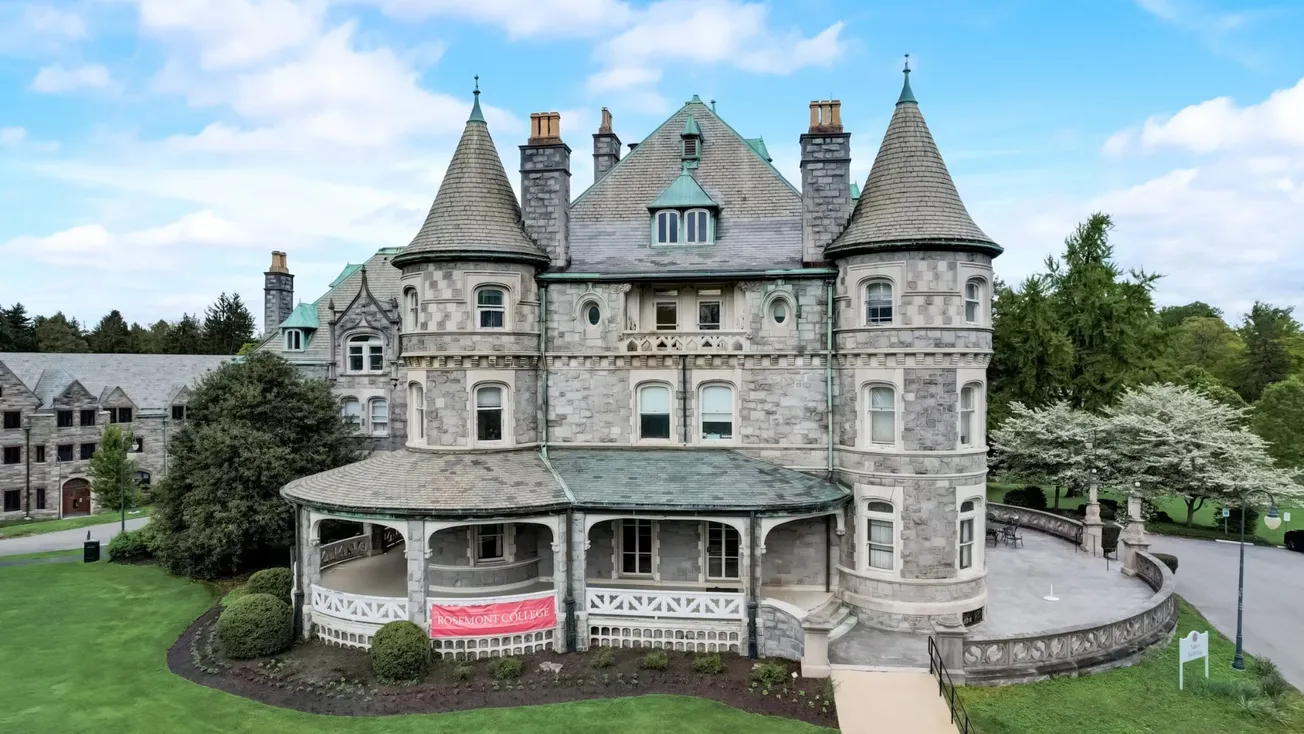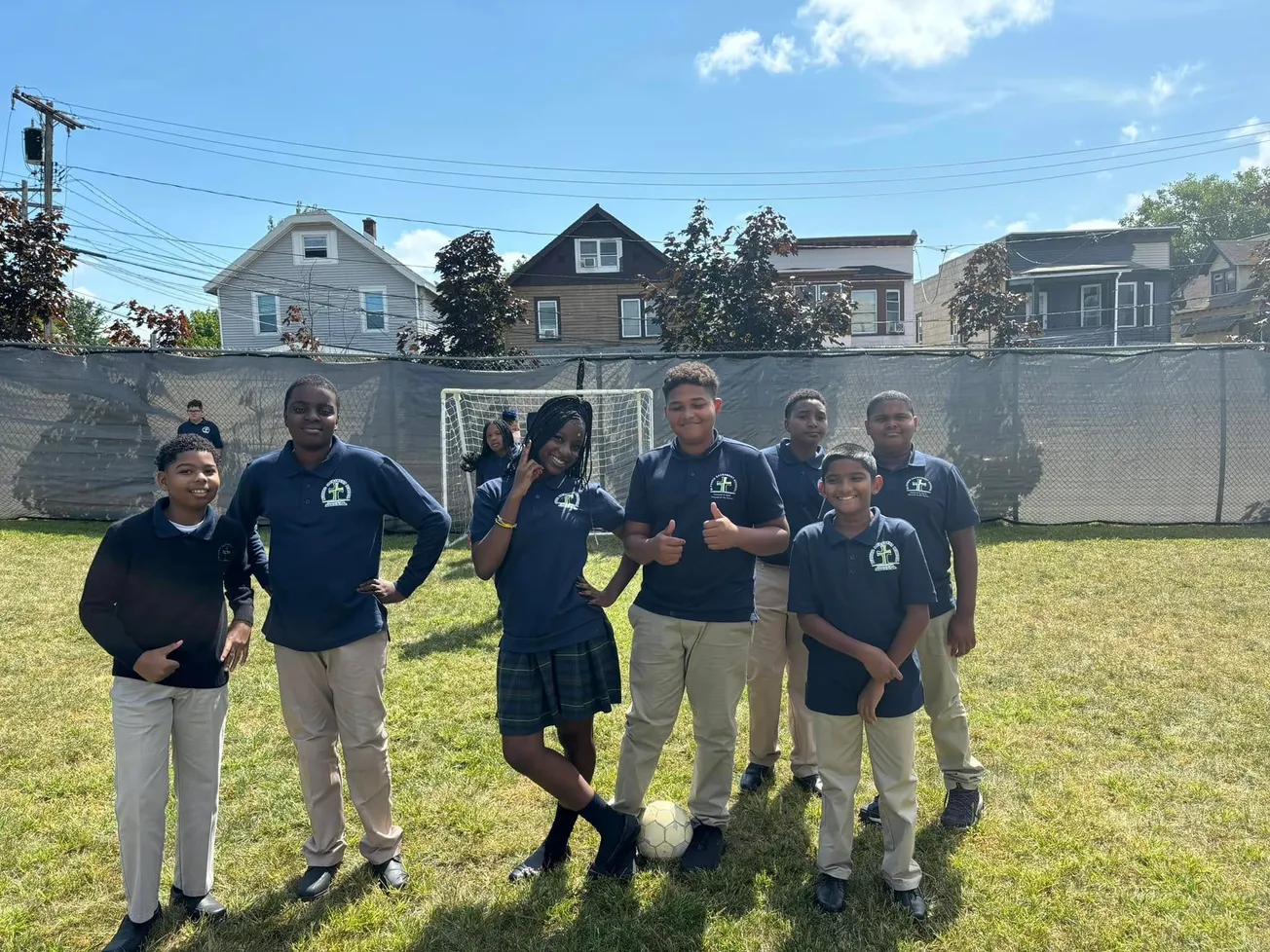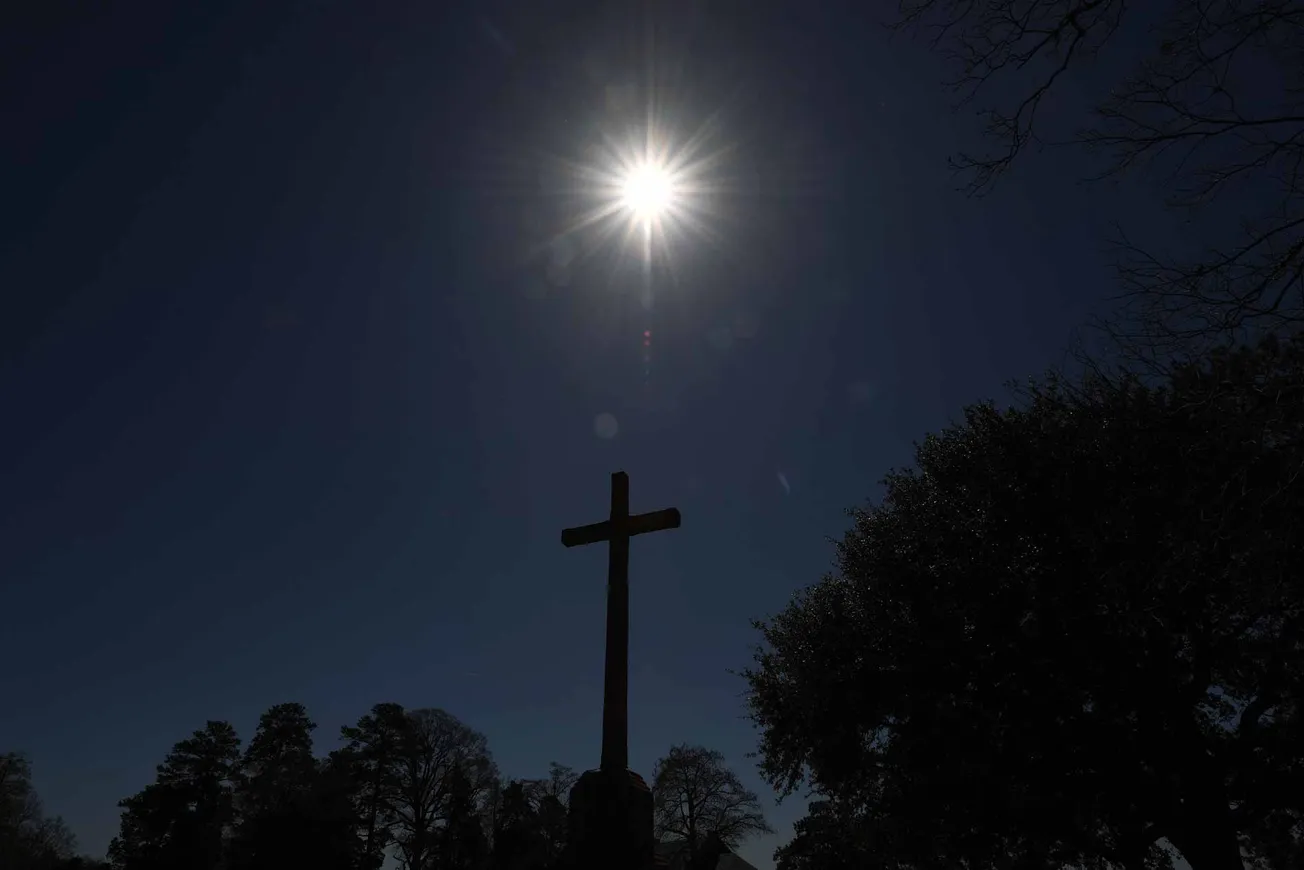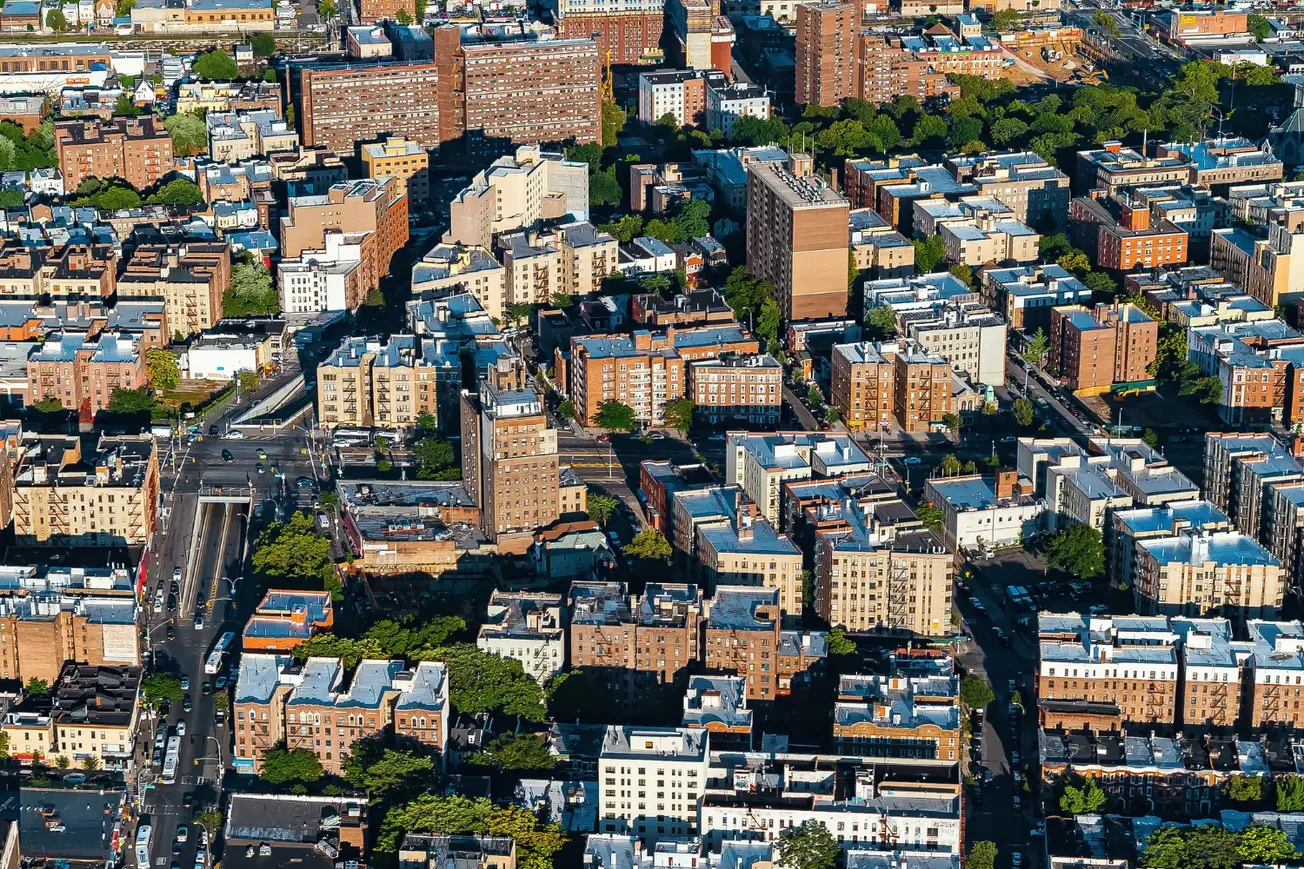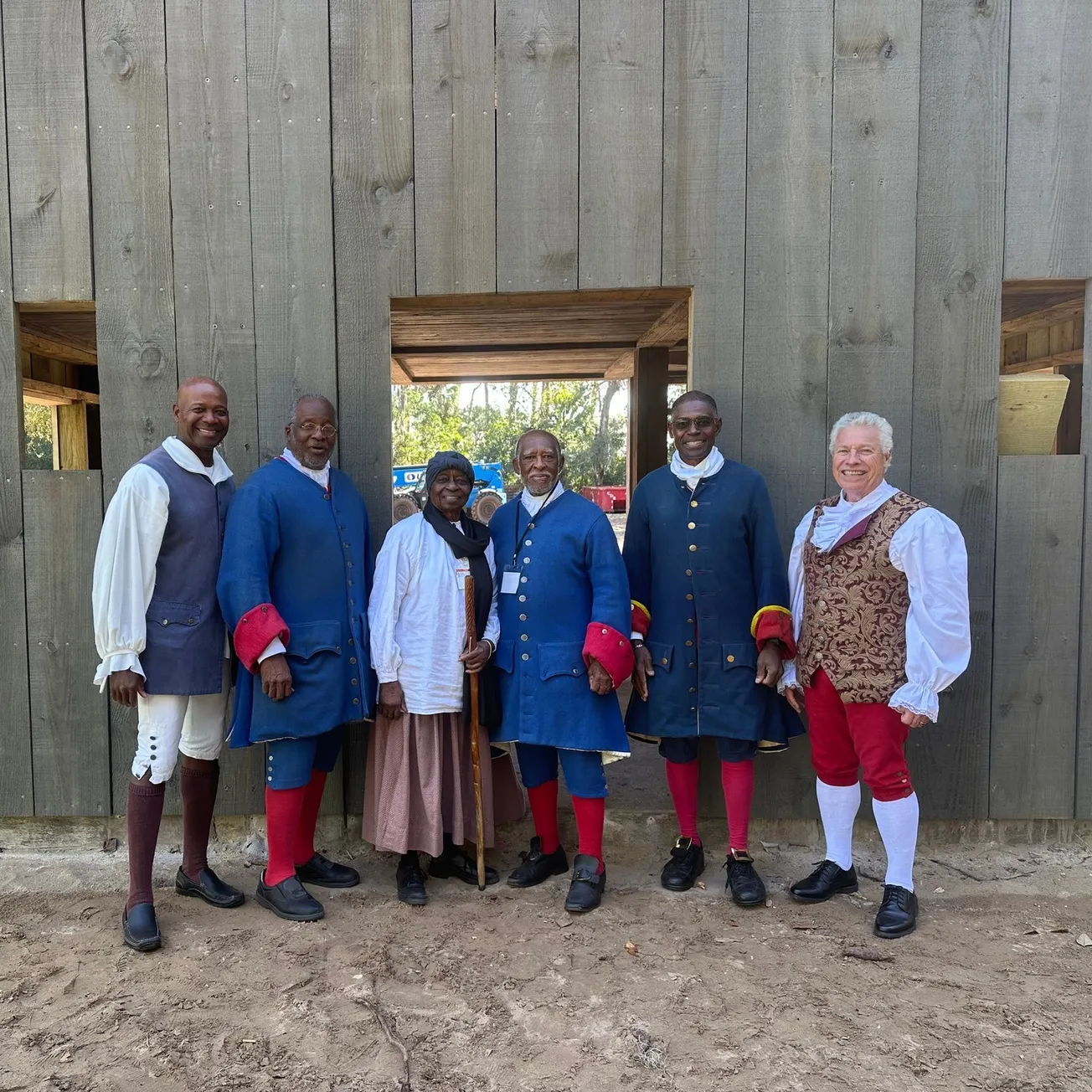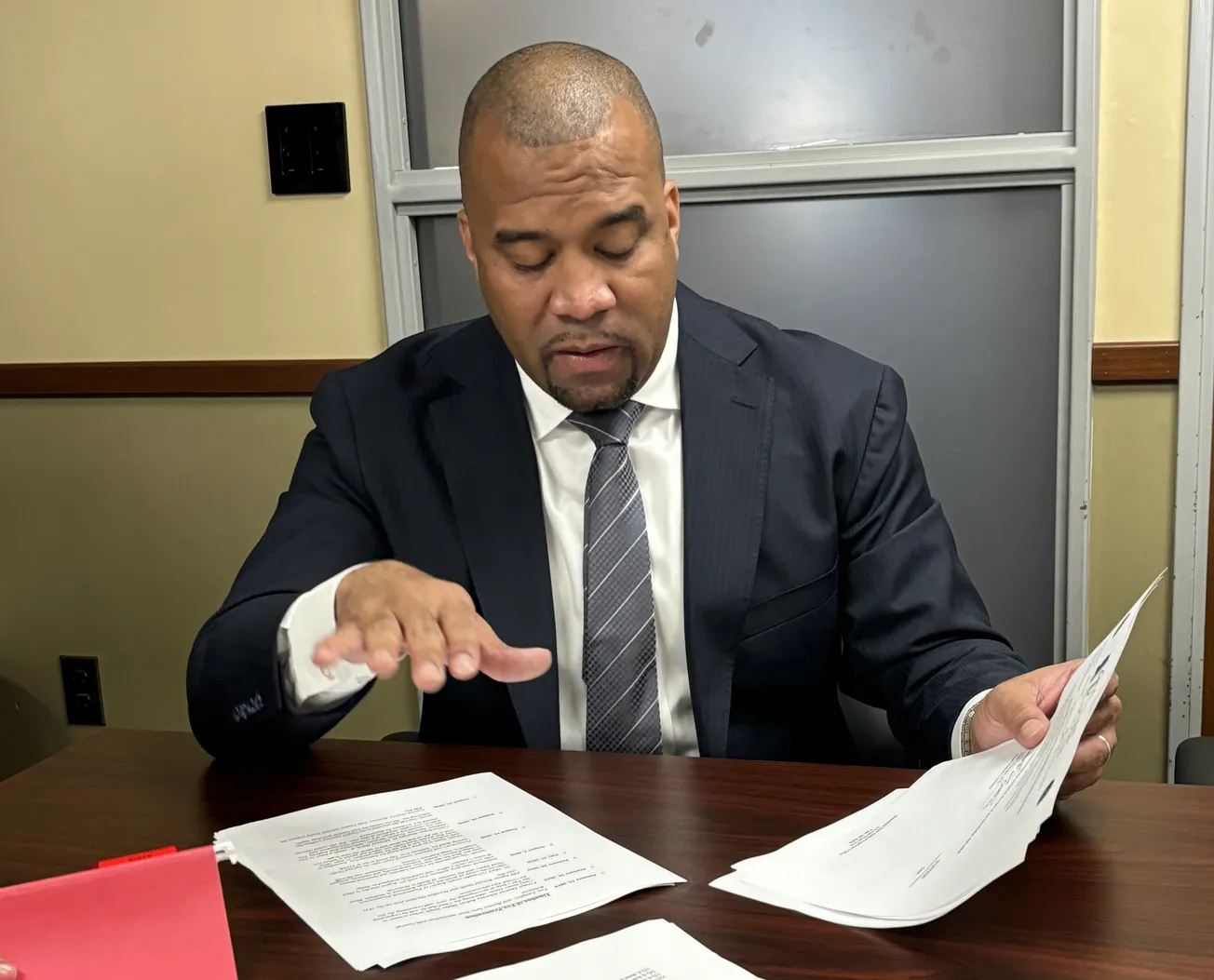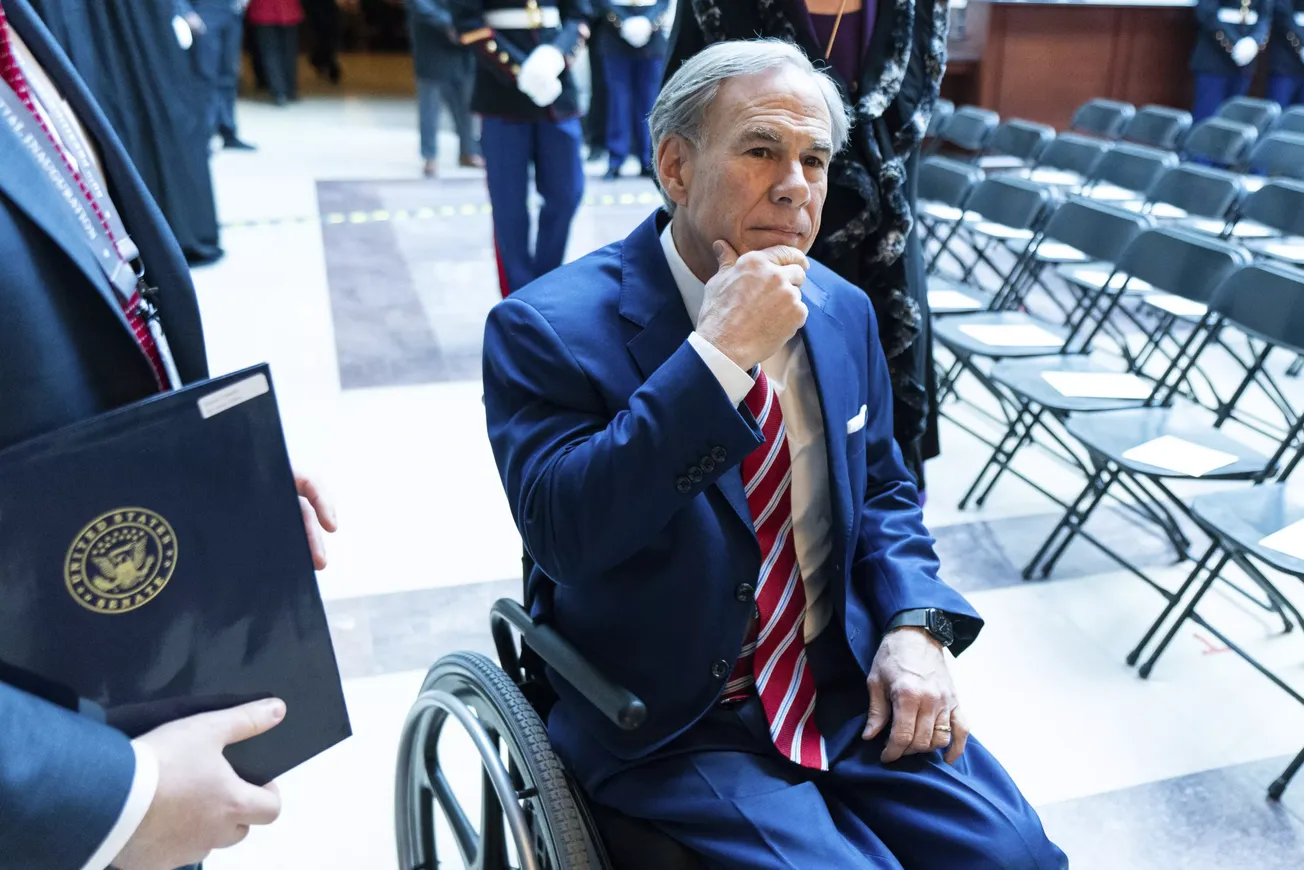Following a trend of Black Catholic church closings in cities throughout the country, the latest—in the Diocese of Columbus—features a pattern of what parishioners call dishonesty and prioritization of finances over African Americans.
Holy Rosary & St. John Catholic Church (HRSJ), located in Columbus’ Old Oaks neighborhood, has been newly slated for closure as part of Bishop Earl Fernandes’ “Real Presence, Real Future” reorganization plan, which will see 15 churches shuttered. His decisions, based largely on the results of a diocesan-wide viability study, were released on May 25.
“I think through these changes we will have parishes that are not just maintaining what they have but are actually evangelizing, making new disciples, new followers, so that Catholicism is not seen merely as a religion but as a whole way of life,” Fernandes said shortly after the final conclusions were released.
In case you missed it, the Real Presence, Real Future results were released earlier today.
— Columbus Catholic (@cbuscatholic) May 25, 2023
This article in The Catholic Times gives more context around the results and what they mean for our Diocese: https://t.co/BT2nuv3FkL#rprf #CatholicTimes #ColumbusCatholic pic.twitter.com/mt2FDNbYMr
The three-year process began before Fernandes’ appointment as bishop in April 2022, making him the first person of color to lead the Diocese of Columbus. Other controversies notwithstanding, much of his early tenure has involved reviewing the reorganization recommendations he received from the local faithful; these came in response to option models presented last year, proposing parish and school closures/mergers across central Ohio. Fernandes ultimately made the final call in each case.
HRSJ, which is nearing its 125th anniversary, was initially proposed a year ago to be merged with the diocese’s other predominantly Black parish, St. Dominic. Final recommendations from parishioners suggested a canonical merger instead, in which the parishes would become one territory with one pastor, but retain two locations.
As recently as January, Fernandes seemed on board with that proposal, telling a packed-out HRSJ crowd at a diocesan MLK Mass that they had “nothing to worry about,” according to multiple sources who were present for the event. The comment is said to have elicited a standing ovation.
On May 25, however, parishioners were surprised to learn that Fernandes had decided to reject the final recommendations and close their church instead, merging them physically into St. Dominic.
“The people that I’ve spoken with, they’re really angry,” said Fern Upshaw, a longtime parishioner of HRSJ who serves as president of the parish council.
“Basically, [Fernandes] is saying ‘There’s not many of you people, so just go on over to St. Dominic with the other Black people.’”
For their part, the diocese says Fernandes did not intend to deceive HRSJ parishioners when he spoke at the MLK Mass and appeared to give reassurance that the church would stay open.
“As he has gotten to know the pastors, parishioners, communities, and cultures, he has always been forthcoming with his intentions,” said Jason Mays, a diocesan spokesperson.
“He has spoken to many churches that were slated to close and was purposefully frank so as to not imbue false hope. Holy Rosary St. John would have not been any different.”
The diocese also said that Fernandes’ rationale for rejecting the final recommendation to keep HRSJ open included low attendance—Upshaw said the parish averages 75-80 Massgoers per week—few baptisms, confirmations, and weddings, and deteriorating facilities “whose repairs could cost millions.”
“Additionally, there are a number of churches nearby, including St. Dominic which is an African/African-American parish,” Mays added.
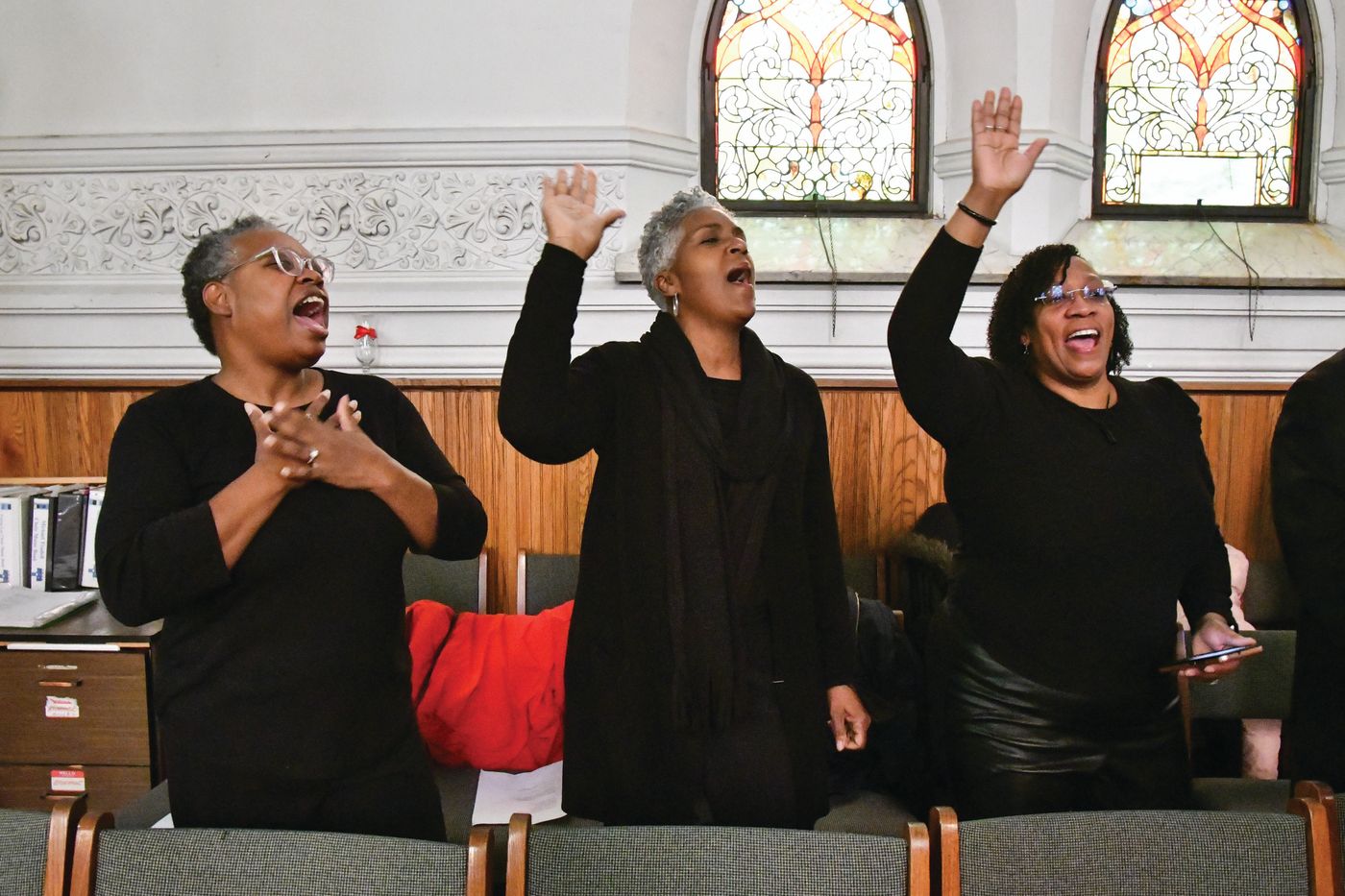
Initial info provided to the diocese—“guesstimates,” according to Upshaw—indicated that HRSJ needed $2.8M to make the necessary repairs to its building. Upon further review, the number was lowered to around $1M, which could be spread out over a decade. Nearly $600,000 of the original total concerned the parish’s stained glass windows, while more immediate needs included aged roofing and totaled about $700,000.
“I explained to [them] that we had already raised $30,000 in six months, which was more than 10% of what the roof replacement was going to cost,” Upshaw said.
“We now have to give it back, because it was based upon us having a July golf outing to further fundraise for the roof. [The diocese] told us we're not allowed to do that now.”
Complicating matters is that parishioners of St. Dominic, some of whom work for the diocese, are alleged to have colluded with the chancery in the reorganization process. They are said to have fed diocesan officials false information inflating notions of financial insolvency at HRSJ.
Upshaw says Bishop Fernandes and others involved with “Real Presence, Real Future” were told the parish had been $100,000 in the red each year for the past decade, which was revealed to be untrue. Financial records obtained by BCM, which had been shared with diocesan officials, indicate that the parish in fact averaged a small surplus over the past decade, with their first deficit in five years coming after the onset of the COVID-19 pandemic.
According to Upshaw, Columbus chancery officials nevertheless felt supporting HRSJ was not a viable use of the diocese’s financial resources, despite the fact that the parish was not requesting any new funds and had not received a diocesan subsidy for several years.
“We have an endowment of $200,000,” Upshaw told BCM, adding that the number eclipses St. Dominic’s.
For their part, multiple members of St. Dominic say that the claims against them are false, and that their parish had acquiesced to the former plan of a canonical merger, even after being told it would mean combining the two church's finances. This had been a contentious issue, as one parishioner noted, due to the costly structural issues present at HRSJ for years. Still, they said there was no collusion.
“As a parishioner, I do not believe in any way shape or form that someone from St. Dominic advocated for Holy Rosay & St. John closing, or any parish. That is just not true,” said Andrea Pannell, who worked for the Diocese of Columbus from 2009 to 2021.
“The inference that we have an in at the diocese is laughable,” added Tina Moody, who also responded to the accusations.
Like many parishes across the country, HRSJ experienced marked attendance declines since 2020 but had experienced a slight rebound in recent months as restrictions lifted and parishioners became more comfortable returning to Mass. The church’s financials were also relatively promising, according to parish records.
The church’s yearly budget is roughly $325,000 a year, of which parishioners provide a third. Grants make up another third, and outside fundraising—a financial model said to be frowned upon by the Diocese of Columbus—made up most of the rest.
The parish’s St. John Learning Center (SJLC), which has a separate budget, provides free GED classes, parenting resources, financial seminars, food, and healthcare to at-risk populations on the largely impoverished South Side of Columbus, has also been a boon to the local community.
These successes came even amidst a local struggle with crime, including the theft of the parish’s A/C units last summer.
Holy Rosary-St.John (@HRSJchurch) in Columbus is the latest Catholic church to fall victim to crime, with the theft of A/C units causing Masses to move into the parish hall indefinitely.
— Black Catholic Messenger (@BlkCathStories) June 11, 2022
It is the second such theft at a Black Catholic church since April.https://t.co/YephNbuQJR
Now facing imminent closure, those connected to the church and community resource hub are unsure of the diocese’s priorities.
“Early on they told us nothing would change and that the center would stay along with the resources that we provide… We were told when the recommendation came out that the church would merge canonically and that both churches would still be open,” said Teresa Lee, a volunteer coordinator at the SJLC.
“On May 24, the congregation found out on the news the church was closing… I was completely shocked. So possibly, they may keep the center open but there is a chance they could change their mind overnight.”
Parishioners noted to BCM that the neighborhood surrounding HRSJ—a contributing property to the Old Oaks Historic District on the Columbus Register of Historic Places—has been gentrifying in recent years. This has supported the parish’s longstanding multicultural status but also could mean the Diocese of Columbus is seeing dollar signs.
One related omen is that, in recent years, the diocese put much of its focus on the suburbs rather than the inner city. Following the release of the “Real Presence, Real Future” results last month, Fernandes himself spoke along similar lines.
“I’ve gone out to the different parishes and been with the people and seen with my own eyes what might be necessary, and I am really sympathetic to the rural areas,” he said.
The diocese has also faced financial pressures from the sex abuse crisis, with last year's proposed closure of HRSJ coming just weeks before news broke of a new credible accusation against a priest. Chancery officials have attempted to remain tight-lipped about its accused priests, but a judge ordered them to release files on more than a dozen in 2019 and the diocese paid out a $1M settlement concerning a priest in 2020.
Some HRSJ parishioners remain hopeful that the closure decision could still be reversed, even if on appeal to the Vatican. Upshaw expressed a measured approach, noting that parishioners would need to be surveyed on their standpoint, which could be discussed at a parish meeting later this month. She also said that opposing powerful figures in the diocese is a daunting prospect.
“Fighting the Church is like fighting city hall,” she said.
“It would be an enormous endeavor… We need to make sure that it’s not, you know, two or three of us. Everybody's got to be going down this path.”
Upshaw sees the merger decision as potentially disastrous for what remains of HRSJ’s long-term faithful. Given the social justice focus of HRSJ, which she and others say is lacking at St. Dominic, her conclusion is that the two communities “could not be more different.”
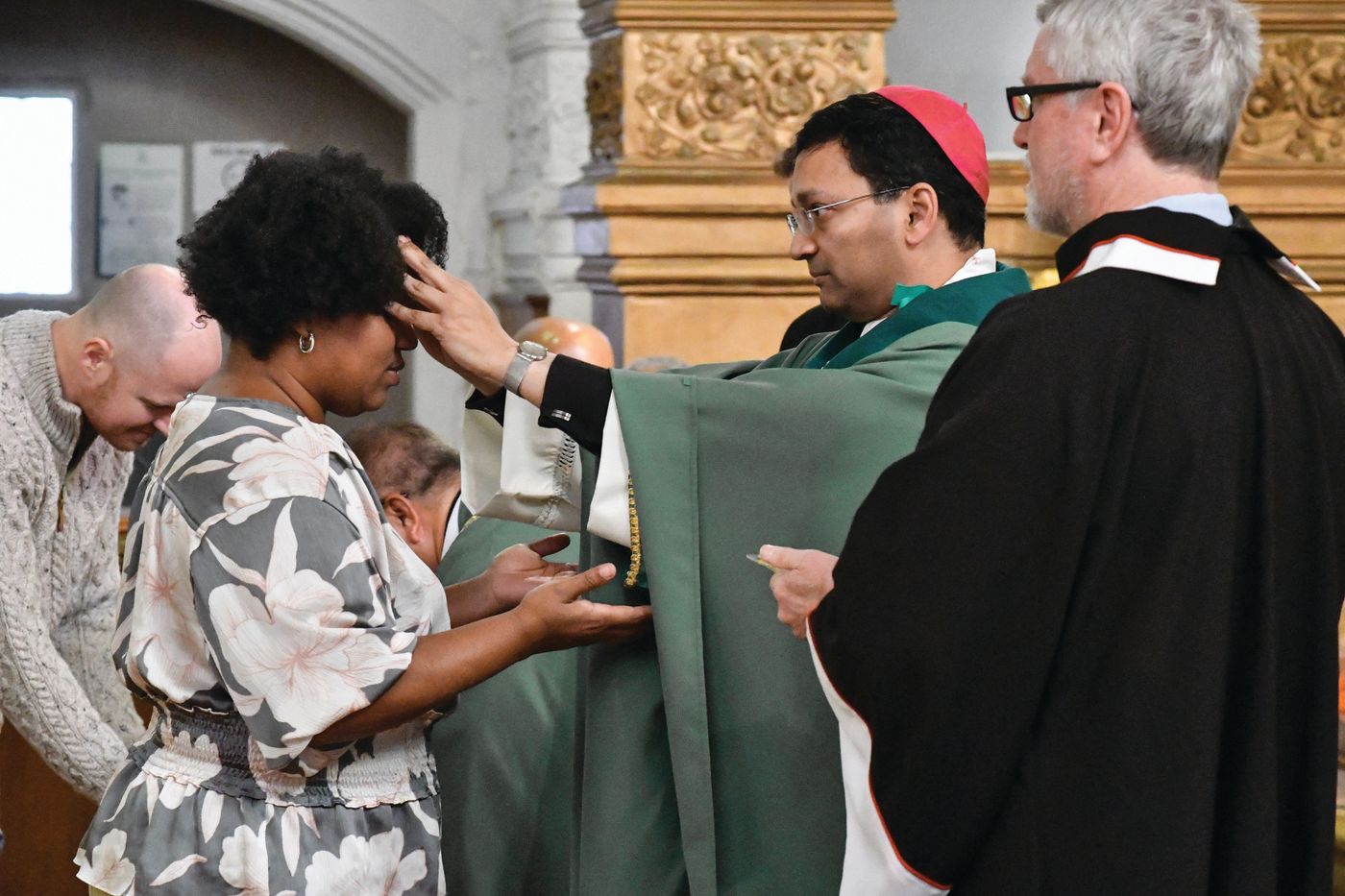
The idea that the diocese simply wants to be rid of HRSJ is not new. Long prior to the pandemic, the parish had lost much of its membership prior when clashes with a young parish priest led some families to leave and others to conclude that the diocese had sent him with ulterior motives.
“The stance of many people who left was that the diocese was just trying to close Holy Rosary & St. John, because they let this priest do whatever he wanted to do. That they let him drive people away from the church,” Upshaw said.
“I cannot tell you how many times I heard: ‘The diocese doesn't want us. I love Holy Rosary & St. John, but the diocese doesn't want us.’”
The parish was later staffed by the Jesuits, who supported HRSJ’s social service initiatives but eventually departed due to staffing shortages. They are now staffed by Fr Ramon Owera, who also pastors St. Dominic.
While weekly Mass attendance at HRSJ reached as low as 30 at the low point of the pandemic, numbers had been increasing over time since then, with Mother’s Day Mass this year drawing a crowd of roughly 120.
The SJLC has thrived recently, providing 150,000 meals in 2022 from its community kitchen. Over 5,000 individuals benefited from the pantry, while 350 received educational and other services.
The diocese told BCM that no final decision has been made about the learning center, nor has there been a decree issued to set the date for the church's closure—leaving ten days thereafter for an appeal. Even so, some at HRSJ are unsure whether St. Dominic leaders will want to keep the charitable services going even if the diocese allows for continuation.
Upshaw, who says HRSJ was “a lifeline” to her following her move to Columbus from New York City, told BCM she does not plan to join St. Dominic due to the perceived backdoor dealings with the diocese. Making things all the more painful was the bishop’s apparent bait-and-switch at the MLK Mass, given that she had originally joined the parish following the same annual event years before.
Ultimately, though, she says the main source of discontent for HRSJ supporters like herself is that the diocese was not forthright about their plans, even after the proposal to keep the parish open was effectively dead in the water.
“I’m really mad at Holy Mother Church right now,” she said.
“I am very angry that the diocese has been disingenuous… That level of lying is just untenable.”
Update 6/8/23: Added comments from St. Dominic parishioners.
Nate Tinner-Williams is co-founder and editor of Black Catholic Messenger.



